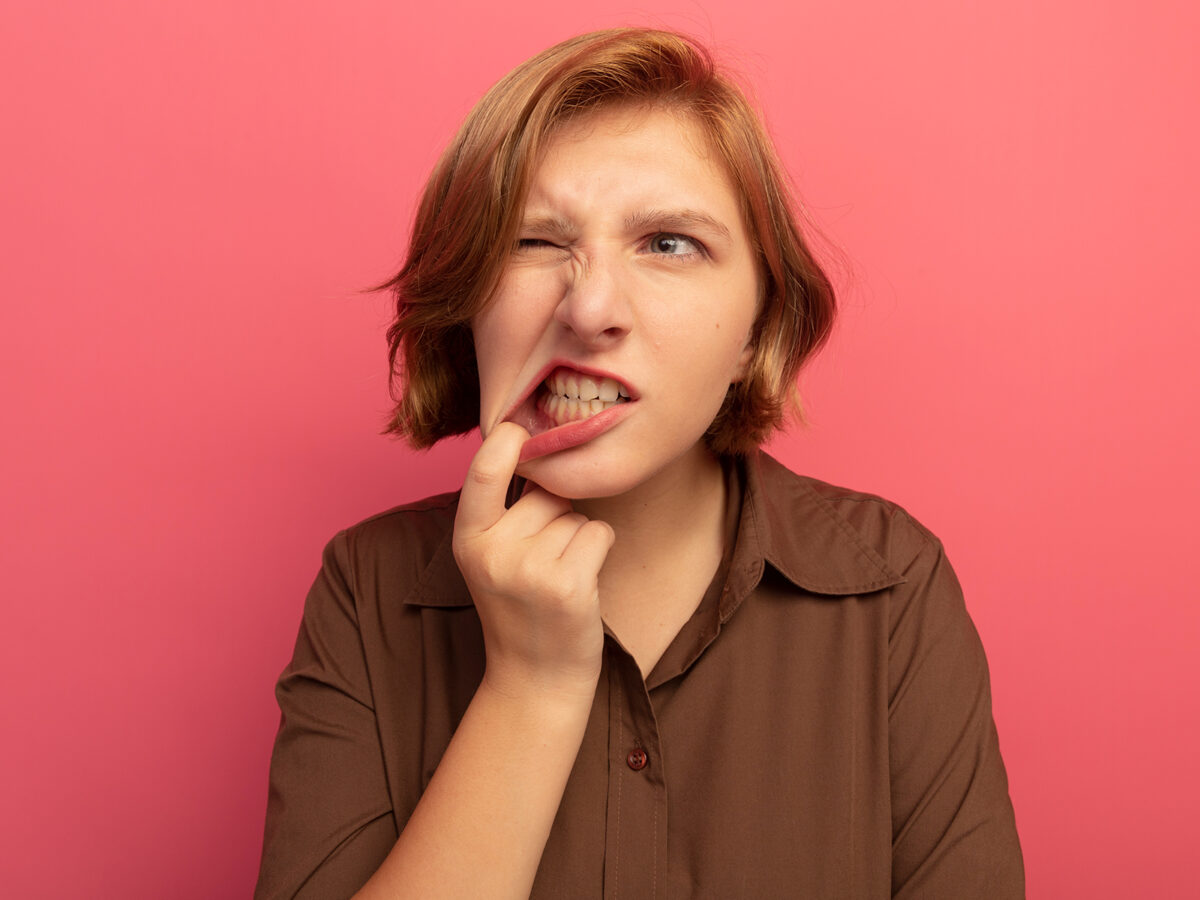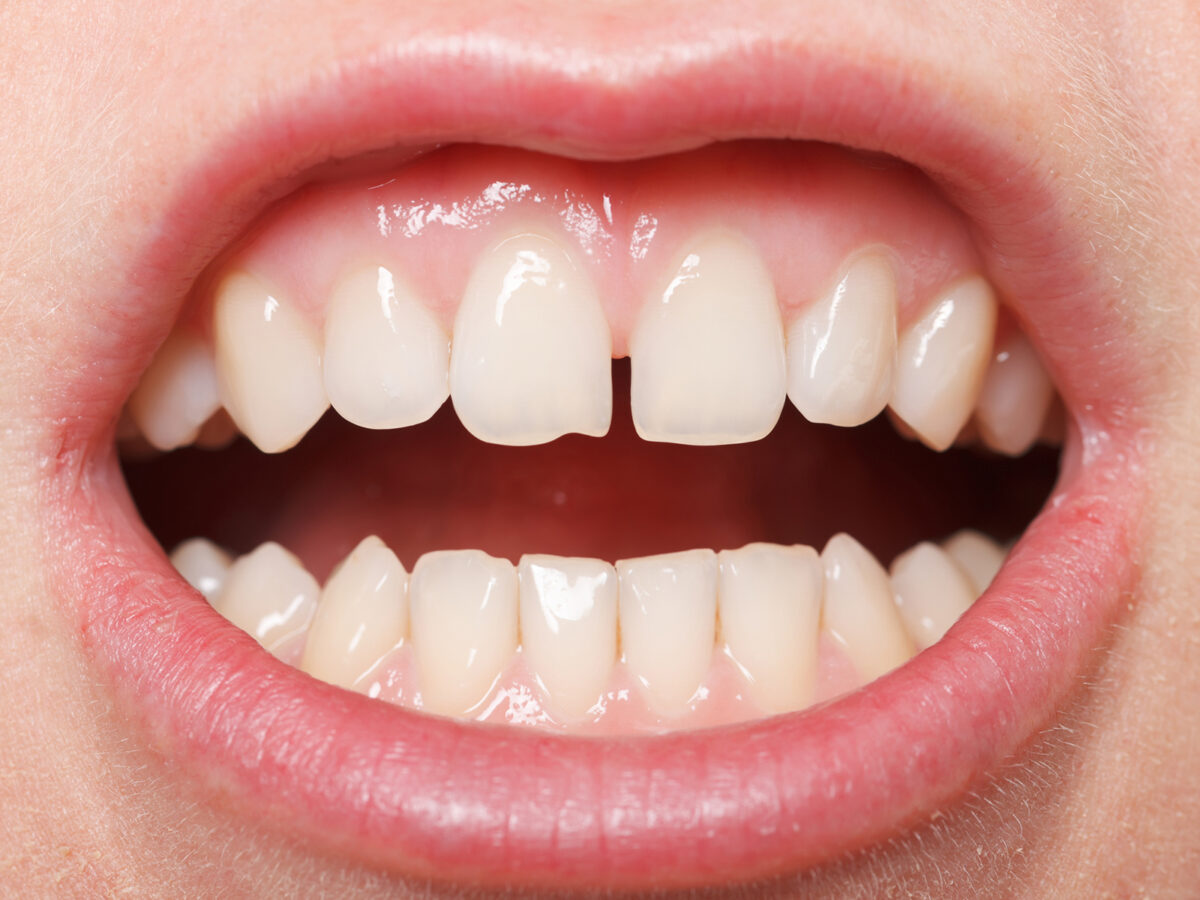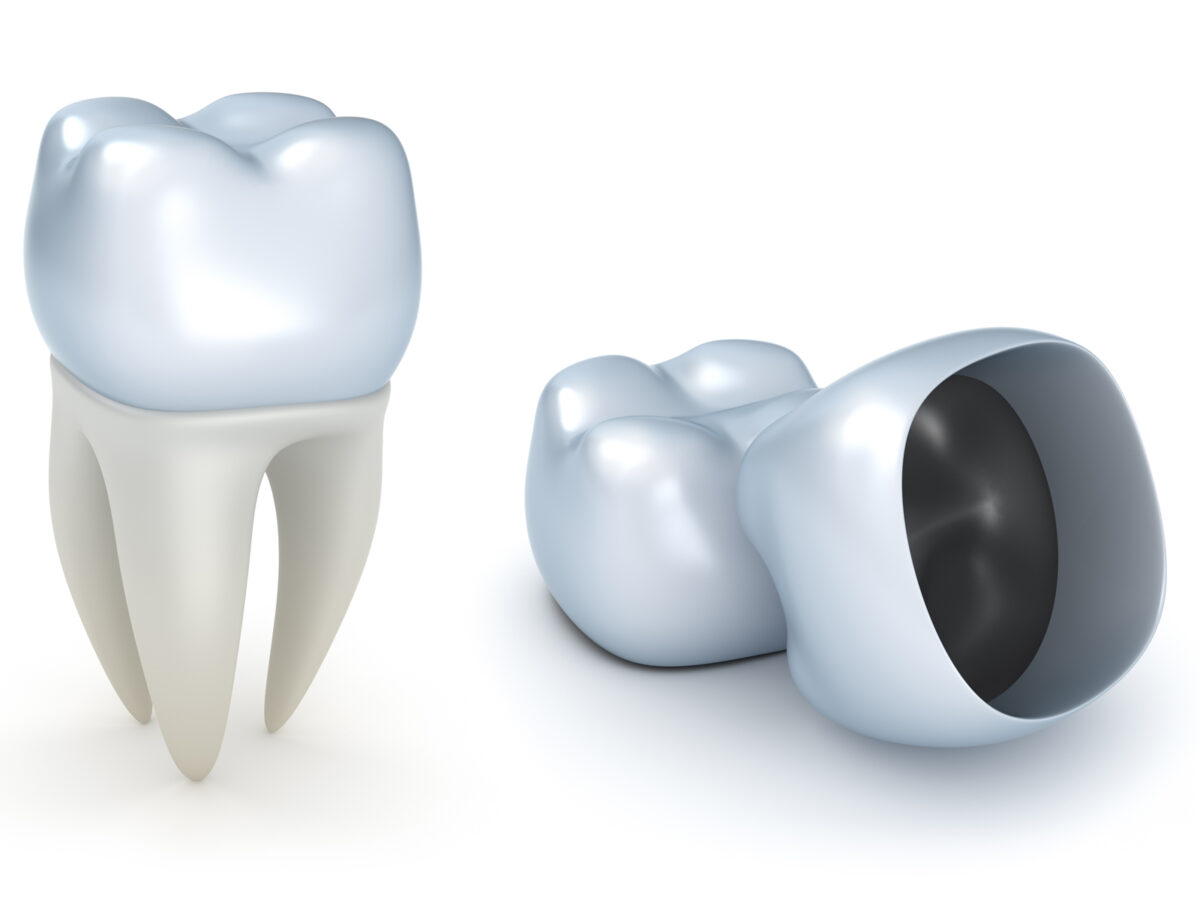You are talking to someone or eating, and you accidentally bite down on your lip. Biting down on the inside of your lips can be a painful experience, and it can happen to anyone. Biting lips is mostly accidental and could happen due to many reasons, such as during a fall, while playing sports, due to seizures, or even due to stress.
This type of injury may hurt but does not require professional medical intervention. You can quickly treat your bitten lip with some self-care measures. The wounds in the mouth area heal quickly since our tongues have an excellent blood supply. But there could be instances when an injury on the inside of the lip may require professional help.
This article will discuss how to treat a wound on your lips if you bite down on it and also know when to seek medical care.
What To Expect When You Hurt Your Lips By Biting
Your teeth press against your skin when you bite the inside of your lips. This area has many nerve endings and is very sensitive to pain, which could hurt a lot. If the cut punctures your skin, you could also bleed a lot since lips have a rich blood supply. When you have a bitten inner lip, you could experience the following:
- Swelling
- Redness
- Sensitivity.
- If the bite was forceful, you could also have cuts, canker sores, bumps, or mucus-filled cysts called mucocele.
How To Treat a Bitten Sore Mouth Area
If the bite is on the outside, then you should first keep it clean. You could use water and a clean cloth to dab the area clean. You could even use a droplet of any mild soap, but be careful not to use a lot of it. But if the sore is on the inside of your mouth, then it is a little more involved and needs careful treatment.
The inside of your mouth has numerous bacteria that constantly try to infiltrate the wound. So it becomes essential to keep the area clean and follow good oral hygiene to prevent and minimize bacteria spread.
- Check the wound – Check if there is any debris or dirt on the scrape, especially if the lip was bitten due to any accident. If there is anything stuck to the cut, do not remove it. If this is the case, it is paramount that you seek medical attention instantly.
- Clean the wound – Use clean and cold water with a clean cloth to clean the area. Avoid rubbing or scrubbing the affected area. You could also use salt water to rinse your mouth.
- Apply pressure to control bleeding – Use a clean piece of medical gauze to apply firm pressure on the cut for five to ten minutes. You could also use a clean towel if you do not have gauze. If this still does not stop bleeding, continue to apply pressure but also call the emergency number or head to the closest immediate care or medical center.
- Reduce swelling – If the bleeding stops, use ice or any other cold compress on the area to reduce swelling. You could also use popsicles for injuries inside the mouth as they will keep the site cold and help in swelling reduction.
- Avoid spicy food – If the bite is raw and sore, avoid eating spicy, hot, or acidic foods. Such food can irritate the wound and cause more pain.
What To Do While Your Lip Is Healing?
You might need an OTC (over-the-counter) medicine for pain relief and discomfort after the injury.
- After every meal or beverage, rinse your lips with water to help ease away the pain and expedite the healing process.
- While you are recovering from the bite on the inside of your lip, look out for any possible signs of infection, such as:
- Tenderness
- Redness
- Swelling
- Pus buildup
- Fever
- If you experience any of the symptoms mentioned above, reach out to your physician or dentist at the earliest.
When Do I See A Dentist Or Doctor?
Mouth injuries heal on their own most of the time. But if there are any complications, as described below, then you must seek the help of a dentist or doctor.
- If debris is stuck in your wound, do not try to remove it yourself but visit your doctor as soon as possible.
- If the bleeding does not stop after applying pressure, it is a warning sign to go and see a doctor.
- You should see a doctor if the cut crosses the border between your face and lip. Otherwise, the jagged scar line would still be visible even after healing.
- If you have signs of infection, as explained above.
- If the cut is deep.
- If you have loose or broken teeth.
Biting the inside of your lip can cause tremendous pain. But the good news is such injuries are mostly superficial and can heal with just some home remedies. However, if you see signs of infection, dirt, or debris inside the cut, you must see a doctor and not do any self-care. Most wounds would heal within a few days, but if they last longer, then you should seek medical care as early as possible,



